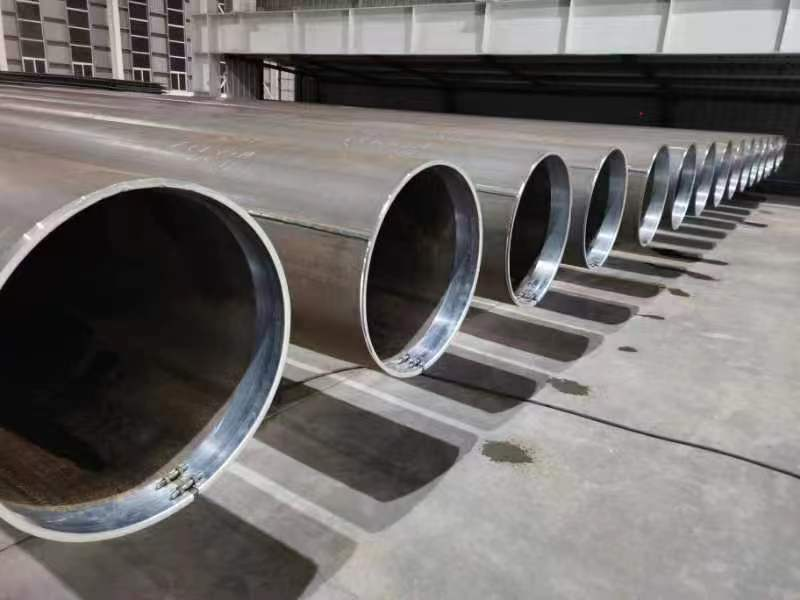1月 . 25, 2024 16:11 Back to list
stainless steel Why can stainless steel still rust?
Stainless steel: it doesn't rust. Right? This couldn't be further from the truth. Almost all stainless types of steel can start to rust under certain circumstances. It sounds contradictory and is often seen as a defect or material flaw, whereas this is only rarely the case. That is why we would love to explain why stainless steel can rust and how you can prevent and clean it.
There are two ways to explain this: the long way and the short way. We will start with the short way and if you find it interesting enough you can read more below to learn about the long way.
In short:
Stainless steel is an alloy of different elements that can make a knife really sharp, but also keep it sharp. These elements ensure that the steel is strong but not completely stainless. The better the knife can retain its sharpness, the more sensitive it will be to rust. This leaves you with something to think about, but one way or the other you need to compromise. Generally speaking stainless types of steel remain stainless with proper maintenance. Sea air, salt water and acids, however, can still throw a spanner in the works. With every type of steel. Regardless of the price of the blade. As such you should always be careful when you are near the ocean or using salt in your kitchen! The most important thing to remember is that you need to keep the blade dry and clean. Any rust can easily be removed by using your favourite sharpening method.
The 'long way'
That was the short explanation of a complex case. There are, however, more sides to this story, and many more nuances to be made. We also have tips to prevent rust, even on stainless knives. There are types of steel that are completely stainless, and still stay sharp. Ready for the long explanation? Here we go!
How is a type of knife steel constructed?
To understand why different types of steel have different features it is important to know how a type of steel is constructed. Steel is namely not only made from iron. For the most part, yes, but only iron will not last as a knife. That is why different components are added per type of steel. Carbon, chromium, nickel, molybdenum, silicon, tungsten, cobalt, manganese and many other options. By playing with the percentages of these components steel manufacturers produce their different alloys. Some alloys are very tough, others very hard. Some alloys already start to rust when you look at them, other can be put on the bottom of the ocean without anything happening.
It all revolves around carbon.
Knife steel contains carbon. It is the component that ensures that you can sharpen your knife razor-sharp, and it also ensures that the knife retains this sharpness. That is why many knife brands have been using terms such as 'high carbon steel' for years. For many a quality feature. And in some way this is true. Many lower alloys namely contain less carbon which means that the type of steel does not retain its sharpness as well.
As such the more carbon in a type of steel the better. Unfortunately carbon also has another feature: it makes the steel rust. So a lot of carbon is great to retain sharpness, but at the same time it also increases the risk of rust or discolouration.
In types of knife steel you often find carbon contents of 0.5% to 1.5%. There are also peaks to 3%, or the other way to 0.15%, but those are really special types of steel
-
High Quality Mild Steel Pipe Manufacturers in China for Exporting Premium Industrial Solutions
NewsAug.01,2024
-
Exploring Key Characteristics of Wholesale API Steel Pipes for Your Business Needs
NewsAug.01,2024
-
Current Wholesale Prices for ERW Steel Pipes in the Market Right Now
NewsAug.01,2024
-
Exploring the Diverse Applications and Benefits of China Round Steel Pipes in Construction and Industry
NewsAug.01,2024
-
Top Quality API 5L ERW Steel Pipe Manufacturer Offering Reliable and Durable Solutions for Your Needs
NewsAug.01,2024
-
Reliable Supplier of Premium Quality Concrete Pipes for Durable Construction Projects
NewsAug.01,2024
